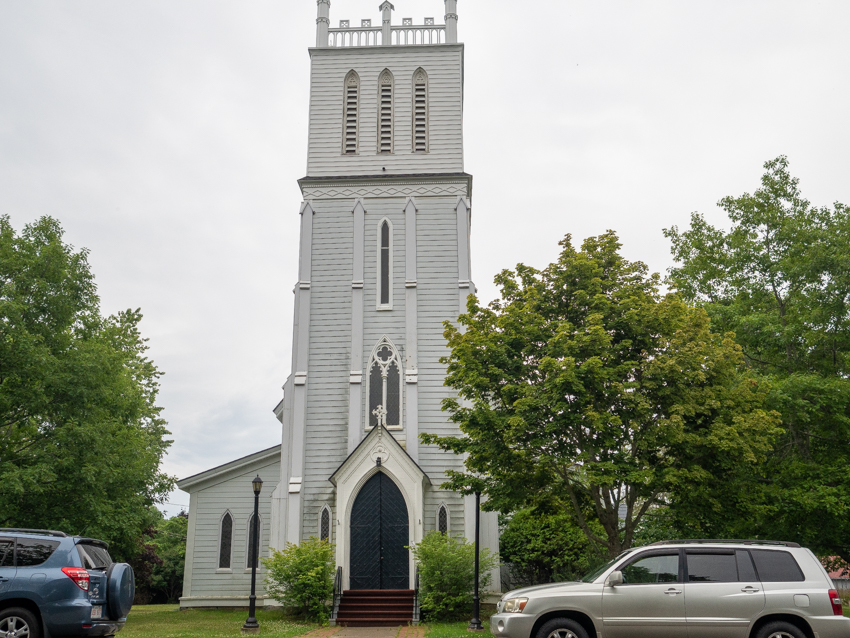St Andrews is a popular tourist destination with a charming historical appeal. Part of the town’s black history honours two distinguished gentlemen; George Braxton, a prominent chef at the Algonquin Resort, and John Cadman Norris, the town’s last black person at the time of his death. Their lives only crossed over for a few years but their stories are linked together by a photograph. Embark on this self-guided tour of St Andrews to learn more about these notable men in New Brunwick’s black history. This tour will take you to physical places and online points of interest.
Resource Note: A few of the main resources that I used to collect historical information are listed in this section here. You can find links to the other resources used throughout this article. The New Brunswick Black History Society features many black history stories including John Cadman “Caddy” Norris. David Sullivan’s website has a vast amount of black history for St Andrews. Canada’s Historic Places is a great collection of information.

George Braxton
The Algonquin Resort opened in 1889 and George Braxton was one of their first chefs. Even before he started working at The Algonquin, “a hotel of the very highest class”, he had already achieved some amazing life accomplishments including being a chef at the Wellesley College in Massachusetts and publishing a cookbook, Braxton’s Practical Cook Book. His cookbook is very extensive and full of great recipes and advice! The first few sections are a seafood lovers haven with escalloped oysters, oyster potpie, smothered lobster, and so much more! I love peering into vintage cookbooks, they transport you into the past with unique recipes like lobster pudding, fried turtle steak, curried clams, and roasted goose. Under the miscellaneous dishes selection, he has 3 recipes for toast including anchovy toast pg. 36 (maybe it was the avocado toast of its day?). To honour his position at the Algonquin, they named their main restaurant & bar after him. You can find a photo of this great chef here.
1st Stop, Virtual, – Braxton’s Practical Cook Book
Enjoy reading all the recipes and his thoughtful introductions for each section. If you are curious about them, try making one of his recipes.

2nd Stop, Physical, Algonquin Resort, Braxton’s Restaurant & Bar
George Braxton and Caddy Norris’s link
3rd Stop, Virtual, A photo of the Algonquin Hotel staff of 1896
This photo has George Braxton with a chef hat on in the back row and Caddy Norris’s older brother, in the front right row.
John Cadman Norris, “Caddy”

Everyone in the town of St Andrews lovingly knew John as “Caddy” when he died in 1948. At the time of his death, he was the last black member of the St Andrews community. The funeral was the largest that the town had hosted with attendees standing outside the church in crowds. He was beloved by all the local children and adults alike because of his kindness and warmth. He was known throughout his life to give rides to children around town on his team of horses. The community cherished him so much that they had gifted him a house.
4th Stop, Physical, Caddy Norris House, 100 Queen Street, St Andrews
Caddy’s house still stands on Queen Street. Take a walk through his neighbourhood and past his house.

5th Stop, Physical, All Saints Anglican Church, Caddy Plaque
A plaque is displayed here in Caddy’s honour.
(During COVID the church is not open to the public)
Pin This For Later!



